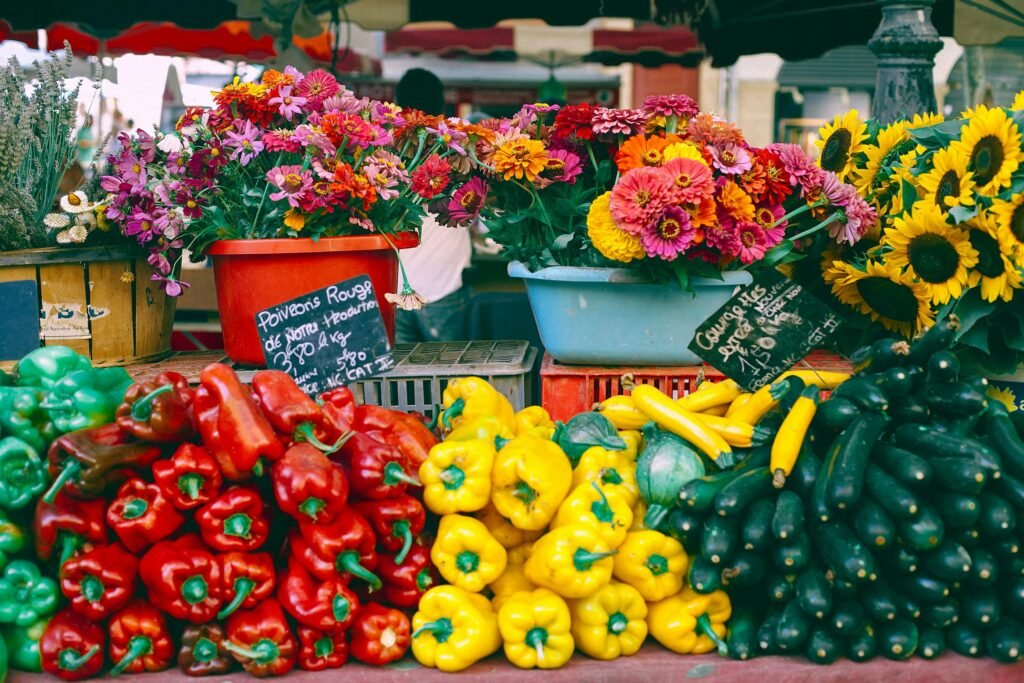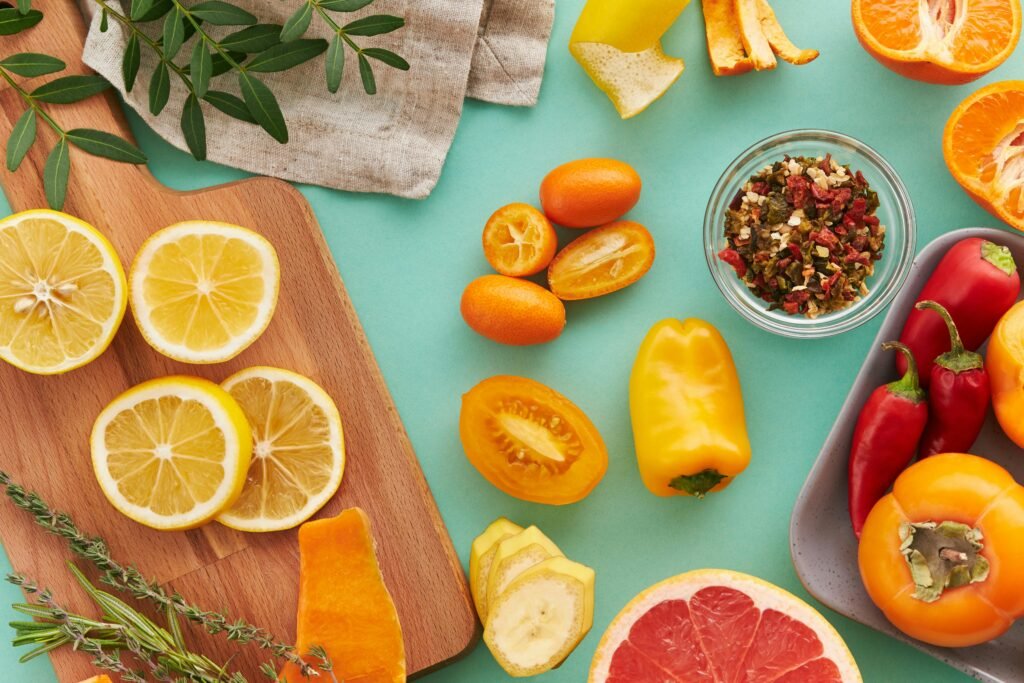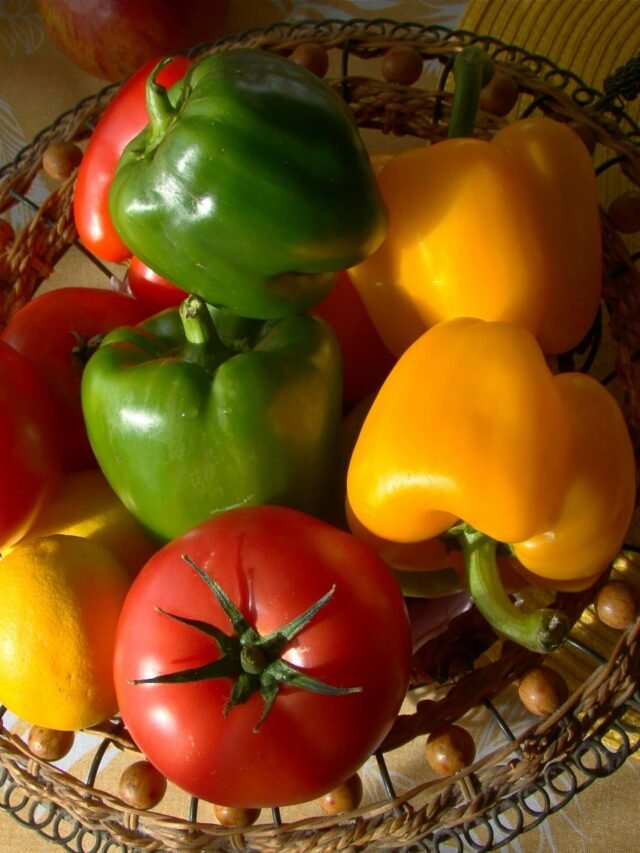
When it comes to adding color and flavor to your dishes, few things stand out as much as bell peppers, red chilies, green chilies, and green chilies. A fast favorite in kitchens everywhere, our reds or greens are unlike any other we use to spice up our dishes, enhancing anything from fresh to delicious.
In this guide, we explore the world of chilies, their sensory profiles, from their heat levels to their various health benefits, and the different ways to incorporate them into your cooking, whether you’re a skunk or not. No. To add some spice to your food, add some special yellow pepper.
- Understanding the Flavor Profile of Yellow Chili Peppers
- Heat Level: How Spicy Are Yellow Chili Peppers?
- Popular Varieties of Yellow Chili Peppers
- Health Benefits of Yellow Chili Peppers
- Cooking with Yellow Chili Peppers: Creative Culinary Uses
- Recipe Inspiration: Dishes Featuring Yellow Chili Peppers
- Flavor Profile
- Cooking Method
- Conclusion
Understanding the Flavor Profile of Yellow Chili Peppers
Yellow chilies are known for their unique blend of earthy, deeply spicy peels that distinguish them from other chilies such as the more commonly used Sora Flossball variety, while Sora peppers have a strong earthy and sometimes spicy flavor. And each green chili is a quick, simple vegetable offering that combines both brightness and subtle sweetness.
Yellow peppers typically have a mild sweetness, often reminiscent of tropical fruits or citrus, making them a delightful addition to dishes where you want to avoid too much heat. This natural sweetness is paired with a tangy undertone, adding a bit of zest, bringing freshness and complexity to recipes. The fruit flavor is especially prominent in varieties like Aji Amarillo or Yellow Scotch Bonnet, which offer a tropical twist that pairs well with both sweet and savory dishes.
Heat Level: How Spicy Are Yellow Chili Peppers?
Yellow chilies generally fall into the mild to medium range of the spice spectrum, making them versatile for those who enjoy a little heat without getting too hot. Compared to more common peppers like jalapeños or serranos, yellow peppers can vary by variety, but generally have a milder heat level.
Banana peppers: These are mild yellow peppers, with a Scoville heat unit (SHU) rating of 0-500, milder than jalapeños and closer to the heat of bell peppers.
Hungarian wax peppers: These have a higher heat, ranging from 1,000 to 15,000 SHU, making them comparable or slightly spicier to jalapeños (which range from 2,500 to 8,000 SHU) but still hotter than serranos (8,000 lighter than ) is hotter than
Aji Amarillo Peppers: Aji Amarillo is a popular South American yellow pepper with a heat range of 30,000 to 50,000 SHU, spicier than both jalapeños and serranos, offering a bold kick.
Yellow Scotch Bonnet: Known for a significant level of heat, this pepper can reach 100,000 to 350,000 SHU, comparable to habaneros and hotter than jalapeños or serranos.
Popular Varieties of Yellow Chili Peppers
Yellow Cayenne Pepper: This pepper is similar in shape and heat to the classic cayenne pepper, but it brings a bright yellow color and a slightly sweeter profile. Yellow cayenne peppers have a heat level of about 30,000 to 50,000 Scoville Heat Units (SHU), making them moderately hot, ideal for adding spice to sauces, soups, and stir-fries.
Cumin Pepper (Yellow Mirasol): Cumin pepper, sometimes called Yellow Mirasol, has a mild to medium heat level, usually between 5,000 and 10,000 SHU. These peppers are known for their mild flavor and are often used in Mexican cuisine.
Health Benefits of Yellow Chili Peppers
The active compound responsible for the heat in yellow pepper is known for its ability to increase metabolism and aid in weight management. When consumed, capsaicin interacts with receptors in the body that trigger a slight increase in body temperature—a process known as thermogenesis. This temporary increase in body temperature requires energy, which can cause a slight increase in calorie burn even after a meal.
Increased calorie expenditure: Studies show that capsaicin can increase the rate at which the body burns fat, as it encourages the body to use stored fat as an energy source.
Appetite Suppression: Capsaicin has been found to have a mild appetite suppressant effect, helping people feel fuller for longer. This effect can reduce overall calorie intake, which can help with weight loss or maintenance over time.
Promoting Fat Oxidation: Capsaicin helps improve the body’s ability to break down fat, which can help with weight management, especially when combined with regular exercise.
Cooking with Yellow Chili Peppers: Creative Culinary Uses
In Stir-Fries: Yellow pepper adds both color and mild heat, enhancing the freshness of vegetables and meat without overpowering the main flavors of the dish. They can be finely chopped and tossed with garlic, ginger and soy sauce to add a sweet-spicy undertone that goes especially well with stir-fried vegetables or meat.
In Curries: The fruity and tangy notes of the yellow pepper complement the coconut milk, spices and herbs in the curry. Their mild heat lets other ingredients like turmeric, cumin, and coriander shine while also adding a hint of heat. They can be cooked or pureed and added early in the cooking process to fully infuse the curry with their mild spiciness.
In Stews: Yellow peppers bring a mild and natural sweetness to stews, making them delicious in hearty dishes. When simmered for a long time, they release their flavors into the broth, enhancing the overall flavor without becoming too spicy. This makes them ideal for dishes where you want heat without the intense heat of hot peppers.
Recipe Inspiration: Dishes Featuring Yellow Chili Peppers
Spicy Yellow Pepper Soup is a delicious and warming dish that showcases the unique flavors of yellow peppers on those cold days or whenever you’re craving something comforting. This soup strikes the perfect balance between heat and spice, making it a favorite for many.
Flavor Profile
The base of the soup is usually a mixture of fried onions, garlic and maybe some ginger, which creates an aromatic base. The addition of yellow chilies gives a subtle heat that brightens the dish, complemented by their natural sweetness and mildness. Unlike hot varieties, cayenne provides a mild kick that enhances the soup without overwhelming the palate.
Cooking Method
The preparation usually involves roasting the spices, adding chopped yellow chillies and then adding broth and other vegetables. The soup is cooked until the vegetables are tender, allowing the flavors to meld beautifully. For a smoother texture, it can be blended until creamy or left out for extra bite.

Conclusion
Finally, cayenne pepper is a vibrant and versatile ingredient that can enhance a variety of dishes with its unique flavor profile and moderate heat. Whether you’re using them in stir fries, curries, or comforting soups, these peppers offer a delightful balance of sweetness and spice that compliments a wide range of ingredients. Their potential health benefits, including boosting metabolism and helping with weight management, make them not only delicious but also nutritious.


